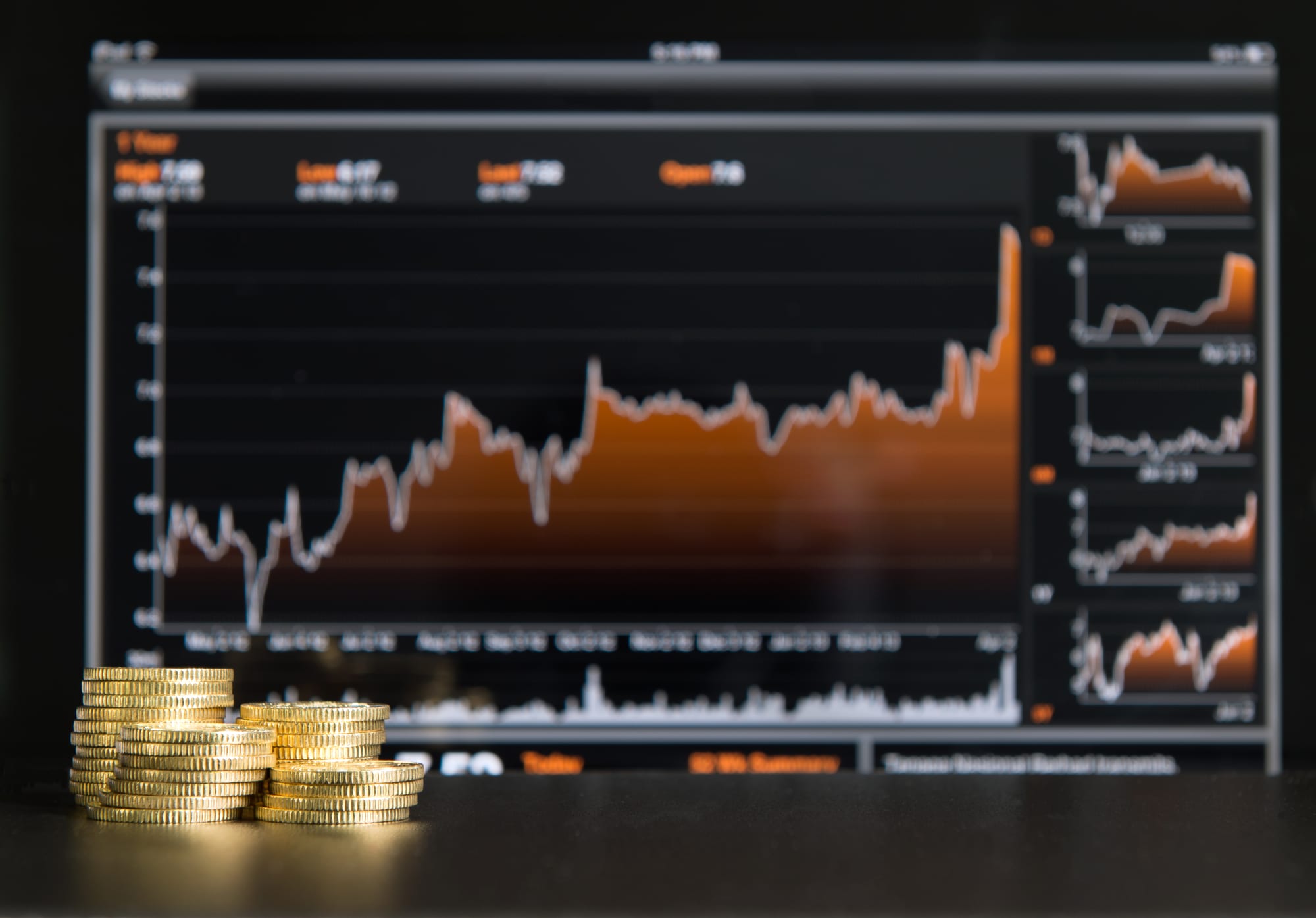Overall, gold stocks don’t really matter. Why? Simple:
Gold Stocks make up less than 1% of the market capitalization of all stocks.
That’s always a hard pill for the gold bugs to swallow.
So why even bother with buying gold stocks?
Let me try to explain by recounting a bit of personal history.
A decade ago, I was working with a small exploration company that defied all odds and was the subject of a take-over price that guaranteed all shareholders the absolute highest price. The company was West Timmins Mining, which was taken over by Lake Shore Gold.
It was during this time that I got to visit Timmins and get some historical perspective of what gold mining meant to the local community – especially through the rough times of the “Great Depression.” What Depression, you ask?
During the early 1930s, Timmins was booming. I saw an old photograph from that era that showed the mine office. At that time, there were three great Canadian gold mines in production at Timmins: Dome, Hollinger, and McIntyre. The odd thing about the old photograph was its subject matter: the parking lot in front of the mine office. It was just like a modern-day car lot with a long neat row of what appeared to be new Ford vehicles.
This photo, when placed beside another photo that showed another long line – a bread line filled with the desperate faces of the unemployed – is all one needs to see to appreciate what gold meant to people during times of hardship.
Are we, once again, heading for hard times?
I have no answers to that question but want to direct your attention to gold stocks – you know, the ones that don’t really matter until they really do.
Let’s take a close look at what happened to some gold stocks in April 2017.
A Blast to the Past: When Too Big is Bad
At that time, the VanEck Vectors Junior Gold Miners ETF (GDXJ-N) had become so successful and widely held by investors that it began to expand beyond the index that it was designed to track. This was because VanEck also operated another ETF, the VanEck Gold Miner ETF (GDX-N), and together their holdings were at the 19.9% limit.
Further purchases of these gold stocks would require VanEck to have significant trading restraints and also be subject to statutory filing requirements (insider status)- something that was not going to happen.
So what did happen?
VanEck “re-balanced” its portfolio.
As a result, the value of the GDXJ ETF units fell sharply from $38.06, prior to the rebalancing announcement, to $29.33 in the following weeks. The junior gold mining sector came under intense selling pressure as the fund sold about 50% of its shares in smaller companies to make room for additions of new and larger companies outside of its index.
Why is this important?
At the time this was taking place, VanEck’s ETF was a $4 billion fund in a $30 billion space. The implication is that it would not take but a handful of large ETF’s to significantly reduce the “tradeable float” of gold companies.
So why is this important NOW?
When No One Sells
A few days ago, the Federal Reserve reduced US interest rates by 0.50%. Almost immediately, the 10-Year Treasury Yield dropped below 1% for the first time…EVER.
There is an intense global scavenger hunt currently underway for positive yield. The hunt just accelerated as there are not too many good places left for investors to find “safe” financial instruments that not only have positive returns but are expected to continue to have positive returns in the future.
This brings us back to gold – more specifically, to dividend-paying gold stocks.
How hard is it to imagine a world in which gold stocks become accumulated and held by “legacy investors” who have no intention of ever selling? Sound familiar?
Yes, I was thinking the same thing.
Coincidentally, the Oracle of Omaha – otherwise known as Warren Buffet, was just on Business TV last week, explaining how difficult it was to buy blocks of Berkshire Hathaway due to legacy shareholders.
And as Ivan always reminds us: if no one sells, the price can only go up.
Last week, we took a long look at how the overhead resistance level of 280 is holding the S & P TSX Global Gold Index in check. Could we be nearing the end of a long period of accumulation of gold stocks by a small group of market-savvy participants?
Are the 1% buying up the 1% (gold stocks)?
If so, gold stocks have never looked better. And always remember: timing is everything.
-John Top












